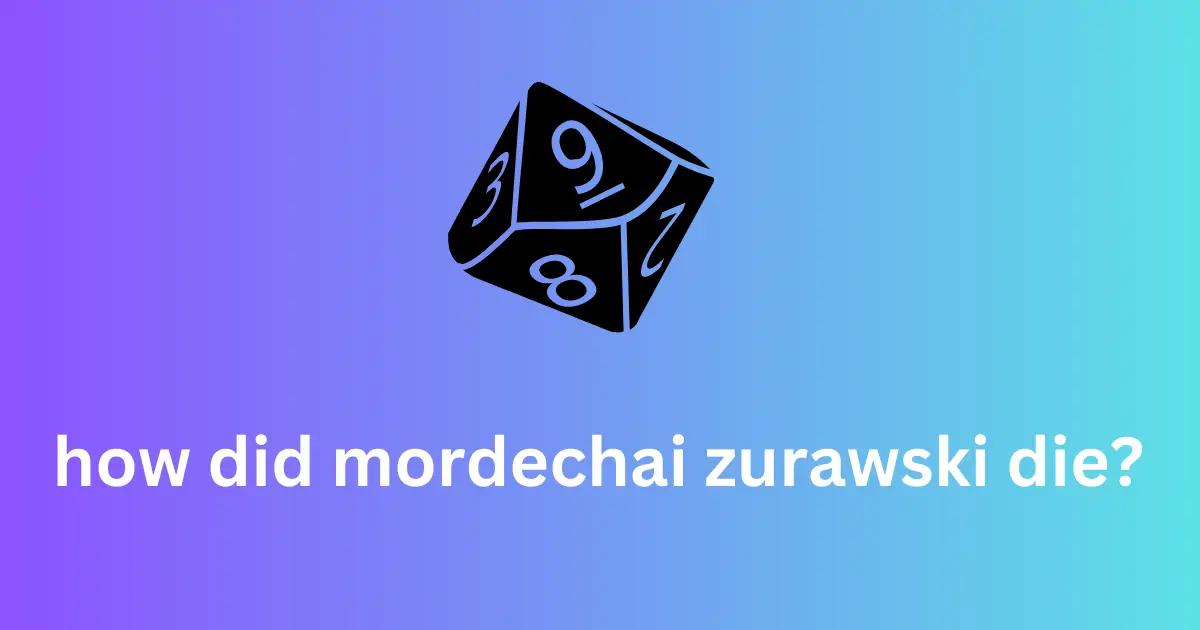The Holocaust remains one of the darkest chapters in human history, marked by unimaginable suffering and the loss of millions of lives. Among the many victims was Mordechai Zurawski, whose story is linked to the Chelmno extermination camp.
As a symbol of the inhumanity that defined Nazi atrocities, understanding his death sheds light on the broader mechanisms of genocide at Chelmno. This article explores his tragic end while placing it within the historical context of the Holocaust.
The Chelmno Extermination Camp
Chelmno, also known as Kulmhof, was among the first Nazi extermination camps established for systematic mass murder. Operational between December 1941 and 1945, it served as a prototype for later camps. Victims, primarily Jews, were transported to Chelmno under the guise of relocation for labor. However, most were murdered in gas vans using carbon monoxide shortly after arrival.
Statistics from Chelmno:
| Category | Details |
|---|---|
| Operational Dates | Dec 1941 – March 1943; June 1944 – Jan 1945 |
| Estimated Victims | 152,000 – 200,000 |
| Primary Victim Groups | Jews, Roma, Polish civilians, Soviet POWs |
Mordechai Zurawski’s Connection
Mordechai Zurawski was imprisoned at Chelmno and ultimately met his death there during the Nazi effort to eliminate remaining witnesses as Soviet forces advanced. Alongside other prisoners, he faced unimaginable brutality and was executed by the SS in January 1945.
The Final Days at Chelmno
In January 1945, as the Red Army approached, SS personnel began systematically killing the remaining prisoners to destroy evidence of their crimes. Survivors like Szymon Srebrnik recounted the harrowing events. Zurawski reportedly resisted during these killings, attempting to escape, but was ultimately overpowered and killed.
Events During Chelmno’s Last Days:
| Date | Event |
|---|---|
| Jan 17, 1945 | Final executions of remaining prisoners to erase witnesses. |
| Escape Attempts | Some prisoners, including survivors like Szymon Srebrnik, managed to flee. |
| Liberation | Chelmno was liberated shortly after, revealing its horrors. |
Witness Accounts
Eyewitness testimonies, such as those presented during the Eichmann trial, detail the gruesome conditions at Chelmno. Survivors described the meticulous process of deception, execution, and body disposal. Such accounts serve as crucial evidence of the atrocities committed.
Remembering the Victims
Mordechai Zurawski’s story is emblematic of the countless lives cut short by Nazi brutality. The Holocaust’s victims, stripped of their humanity and dignity, must be remembered to ensure such atrocities never recur. Chelmno remains a somber reminder of the cost of hatred and the resilience of the human spirit.
Conclusion
The life and death of Mordechai Zurawski offer a poignant glimpse into the horrors of Chelmno and the broader Holocaust. By understanding his story, we honor the memory of all those who perished and reaffirm our commitment to combating intolerance.
FAQs
Who was Mordechai Zurawski?
Mordechai Zurawski was a Jewish prisoner at the Chelmno extermination camp during the Holocaust, where he was killed by the Nazis.
How did Mordechai Zurawski die?
He was executed during the final mass killings at Chelmno in January 1945 as the Nazis sought to eliminate witnesses.
What was Chelmno’s role during the Holocaust?
Chelmno was one of the first extermination camps, using gas vans to kill victims, primarily Jews, systematically.
Are there survivors from Chelmno?
Few survived Chelmno, but testimonies from individuals like Szymon Srebrnik provide critical insights into the camp’s atrocities.
Why is it important to remember Chelmno?
Understanding Chelmno’s history helps preserve the memory of its victims and serves as a warning against the dangers of hatred and extremism.
